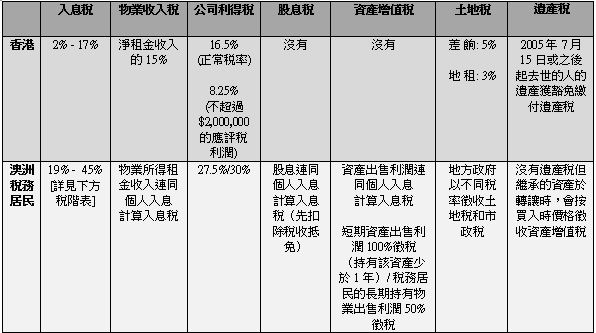This Book Review was published in ‘The Hong Kong Lawyer – September 2021‘
The Hong Kong Chapter of the International Commercial Arbitration (2nd Edition) was written by Dantes Leung and Amy Lo. This book review is by Philip Kwok, Counsel, LC Lawyers in association with Chen & Co Law Firm.
The book International Commercial Arbitration is a seminal practitioners’ guide to international arbitration. Its newly published 2nd edition consistently provides comprehensive insights into arbitration practice in various popular seats such as England and Wales, U.S., France, Switzerland, Sweden and Hong Kong.
The Hong Kong chapter will be of particular interest to practitioners in Hong Kong. The chapter starts by presenting readers with an overview of Hong Kong legal framework from the beginning of colonial rule through to the present. It then dives deep into the issues that may be encountered at different stages of arbitration, from the drafting of arbitration agreement to the conduct of the arbitration proceedings, to the enforcement of arbitral awards, providing clear and concise guidance through the arbitration process.
Within the HK chapter, I found the section on “the control and enforcement of arbitral awards” most useful. As we all know, an arbitral award needs to be recognised and enforced in order to carry the force of law. Under section 73 of the HK Arbitration Ordinance (“AO”), an award will be final and not subject to challenge generally. The only avenue to challenge an award before the court is set out in article 34 of UNCITRAL Model Law (“ML”) as incorporated by section 81 of the AO without modification. However, if the opt-in provisions of schedule 2 of the AO apply, the award could be challenged on the grounds of serious irregularity or appealed on the basis of a question of law. The Chapter does not just cover the practice, but also clearly provides a detailed procedure framework for each relevant application (e.g. time limits, documents to submit, the court’s consideration of the applications, etc). The remedies given by the court if leave to challenge the award is granted are also explained.
Furthermore, the Chapter introduces the enforcement regime under the AO and sets out the types of awards that are enforceable in Hong Kong, including awards made in Hong Kong, non-convention awards made overseas, convention awards, Mainland awards, Macao awards. It helpfully summarises the enforcement of arbitral awards in a comprehensible way that all the relevant ideas are easy to follow. As such, this section provides a good insight for practitioners who want to have a deeper understanding on how to challenge arbitral awards by taking into account the specific circumstances in each case.
Despite recent political development, the Chapter adds that Hong Kong had not been losing its appeal as an international arbitration centre for commercial disputes. “It should be noted that international arbitration is a dispute resolution mechanism that is not subject to political interference,” the Chapter states, “the fundamentals and infrastructure of the arbitration system in Hong Kong remain intact and world-class.”
Indeed, in 2020, the Hong Kong International Arbitration Centre (“HKIAC”) received 318 new cases, which was the greatest number of cases they have had over the past decade. This demonstrates a boost in confidence for the use of arbitration as the method of choice for dispute resolution. Coupled with an increase in the demand for Hong Kong’s arbitration service, we expect arbitrations filed with the HKIAC will continue to be international in nature.
This book is reader-friendly. It explains the arbitration concepts and procedure in a simple and straightforward manner. In addition, a descriptive but not critical style is adopted to present readers with all the related concepts as objectively as possible.
All in all, the style of writing is of a high standard. This book serves as a quick reference tool for international arbitration practitioners. With the increasing adoption of international arbitration service in Hong Kong, this book also provides a very welcome addition to the bookshelves for law students and non-practitioners who have an interest to know more about arbitration in different countries.
September 2021
 香港中環雪厰街二號聖佐治大廈五樓503室
香港中環雪厰街二號聖佐治大廈五樓503室 +852 2868 0696
+852 2868 0696










